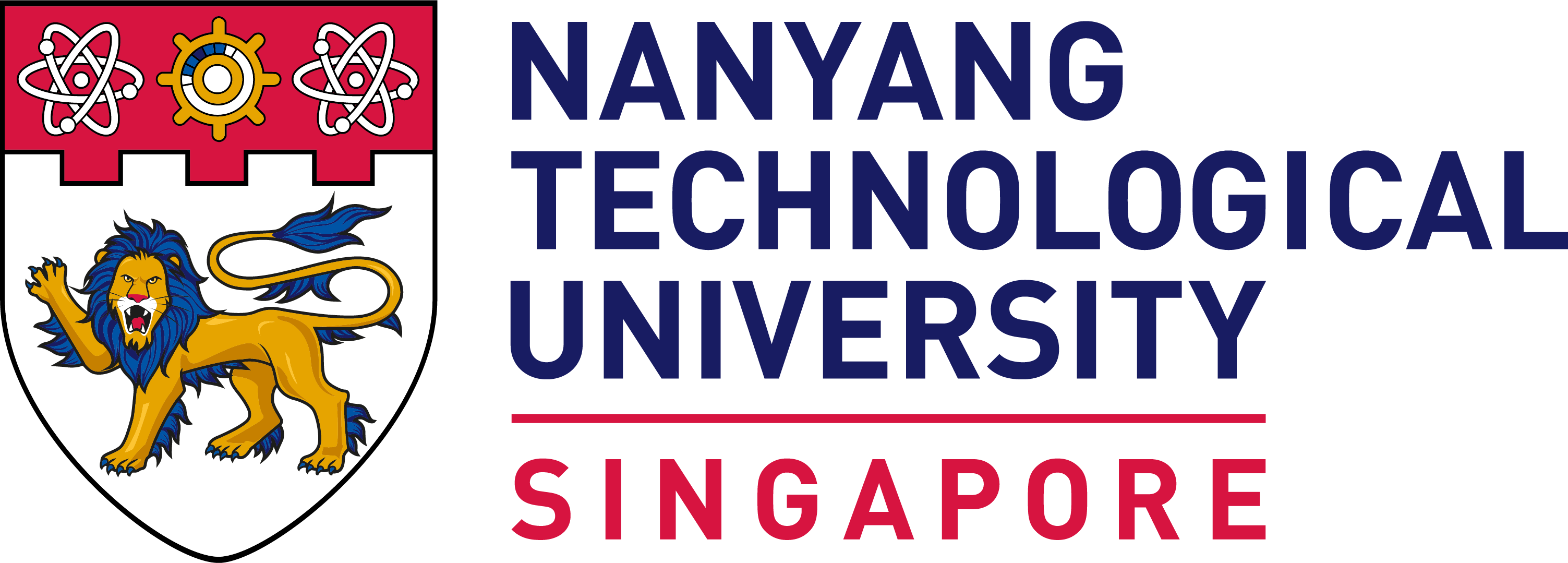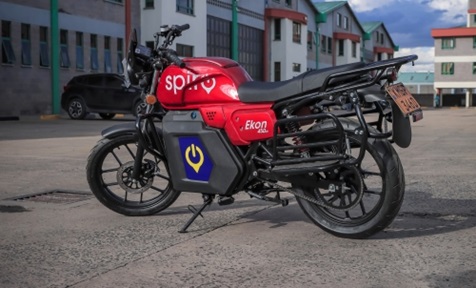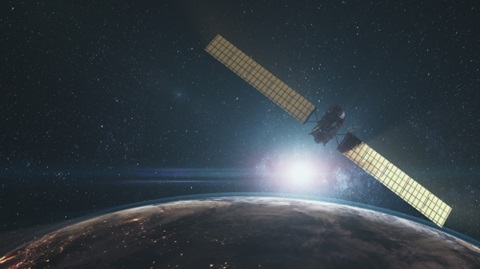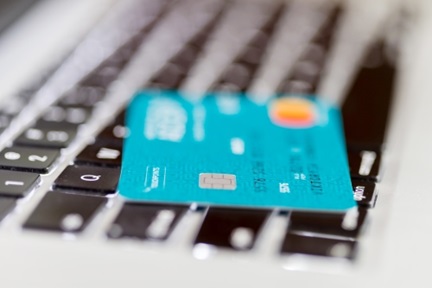South Africa-Singapore undersea cable project gets financial boost
New system would offer faster, more secure connectivity between Africa and Asia
 Photo source: Yicai Global
Photo source: Yicai Global
A decade after it was first conceived, plans for a new undersea internet cable connecting South Africa to Singapore have gained fresh momentum. This is after the project received financial support from the South African state-owned development finance institution - Industrial Development Corporation (IDC).
The South Africa-Singapore undersea cable project, known as SAEx, is a pivotal initiative aimed at enhancing internet connectivity between Africa and Asia. As global demand for reliable and high-speed internet continues to rise, this ambitious subsea cable system is set to transform communication channels and stimulate economic growth and digital transformation across both continents.
The IDC has committed project development capital to the SAEx East Subsea Fibre-Optic Cable Project, enabling completion of a definitive feasibility study. At financial close – expected in the second half of the year – the IDC is also set to take a 25% equity stake in the venture.
The 11,750km cable will begin in Cape Town, with additional points of presence along South Africa’s coast at East London and Amanzimtoti. From there, it crosses the Indian Ocean via Réunion and Mauritius, continues to Malaysia, and terminates in Singapore. Branching units will be installed to allow potential future links to India and Thailand. The South African landing points will allow interconnection with regional cable systems such as Equiano and 2Africa.
The SAEx East cable will provide a direct undersea internet route between Africa and Asia, bypassing congested and politically sensitive corridors such as the Red Sea. By following a deep-sea path across the Indian Ocean, it reduces dependence on overland infrastructure and offers a more secure and resilient channel for high-volume data traffic. The system’s design – with fewer interconnection points, or ‘hops’ – enables faster, more efficient transmission.
Looking ahead, the second phase is expected to eventually extend the cable westward across the Atlantic Ocean, linking South Africa to South America and ultimately landing in Virginia Beach in the United States. The full network will be known as the SAEx Southern Oceans Network.
Africa is currently connected to the global internet via 77 undersea cable systems. However, recent disruptions have exposed vulnerabilities in this infrastructure. For instance, in March 2024, disruptions to four major cables – the West Africa Cable System (WACS), the Africa Coast to Europe (ACE), MainOne, and the South Atlantic Telecommunications cable number 3 (SAT3) – triggered widespread internet outages across ten countries in West and Southern Africa. Months later, similar network breakdowns occurred in East Africa following damage to the Eastern Africa Submarine Cable System (EASSy) and the Seacom cable.
Repair efforts are often slow and expensive. With only three cable-repair vessels servicing the continent, disruptions can last weeks. SAEx East’s deep-sea path fewer “hops” and redundant routes will cut latency, boost capacity, and sharply improve reliability. Ensuring neither a single fault nor deliberate sabotage can cripple Africa’s connectivity.
When completed, the SAEx East cable and eventually the SAEx Southern Oceans Network will significantly improve Africa’s undersea cable network. The improved transmission efficiency and stability are expected to enhance internet performance across Southern Africa and the continent as a whole.
Enhanced undersea fibre-optic capacity is emerging as the missing link for Africa’s cloud ambitions. With the SAEx project establishing a direct, low‑latency connection to Singapore, data centres across Africa will gain significantly improved bandwidth and reliability, reducing dependence on overseas interconnection. This critical upgrade is expected to drive renewed investments in digital infrastructure, lower cloud service costs, and accelerate the growth of fintech, e‑commerce, IoT, and other cloud-native solutions—further cementing Africa’s position in the global digital economy
According to a CNBC report, more than 70% of the world’s population is expected to access the internet exclusively via mobile phones by 2025. As connectivity improves and smartphone usage soars, sectors such as mobile banking, e-commerce, and agritech are poised for growth. Better internet connectivity in Africa will be a powerful catalyst for socio-economic advancement, fueling new digital jobs, driving fintech innovation, and bolstering access to online education, health services and media.
Though still at feasibility stage, SAEx East project marks a strategic advance in Africa’s digital defence amid intensifying US–China/Russia tensions. The project could shield the continent against potential outages and sabotage. By charting a direct, secure route to Asia and building vital redundancy, Africa is positioning itself to unlock new economic opportunities.
Consequently, foreign investors, especially those in Singapore can leverage these advancements by investing in related digital infrastructure, including data centre development, fintech, digital services and other new market opportunities.
References
'IDC to back major South African subsea cable project', TechCentral, 25 February 2025
'Beneath the waves: Addressing vulnerabilities in Africa’s undersea digital infrastructure', Carnegie Endowment for International Peace, 03 April 2025
'SAEx Southern Oceans Network', SAEx International Management, Accessed on 23 April 2025
‘Diving Deep into Submarine Cables: The Undersea Lifelines of Internet Connectivity | Kentik Blog’, Accessed on 25 April 2025
‘Nearly three quarters of the world will use just their smartphones to access the internet by 2025’, CNBC, 24 January 2019
Broadband commission for sustainable development 2025 targets , Retrieved 26 April 2025
‘Where is Africa in the cloud?’, NTU-SBF Centre for African Studies (CAS), Accessed 26 April 2025
‘Managing undersea cable disruption in Africa’, NTU-SBF Centre for African Studies (CAS), Accessed on 26 April 2025








